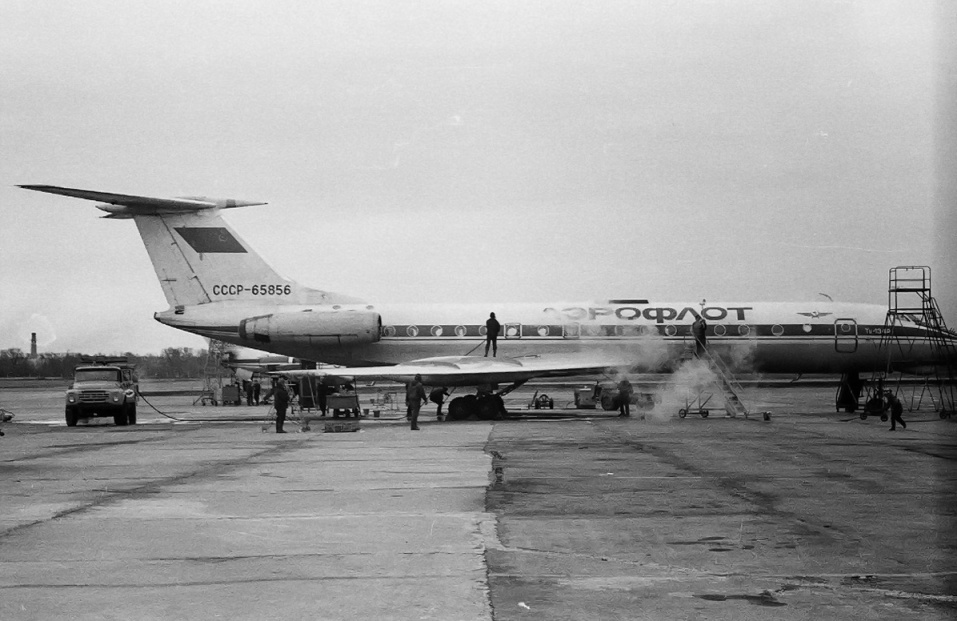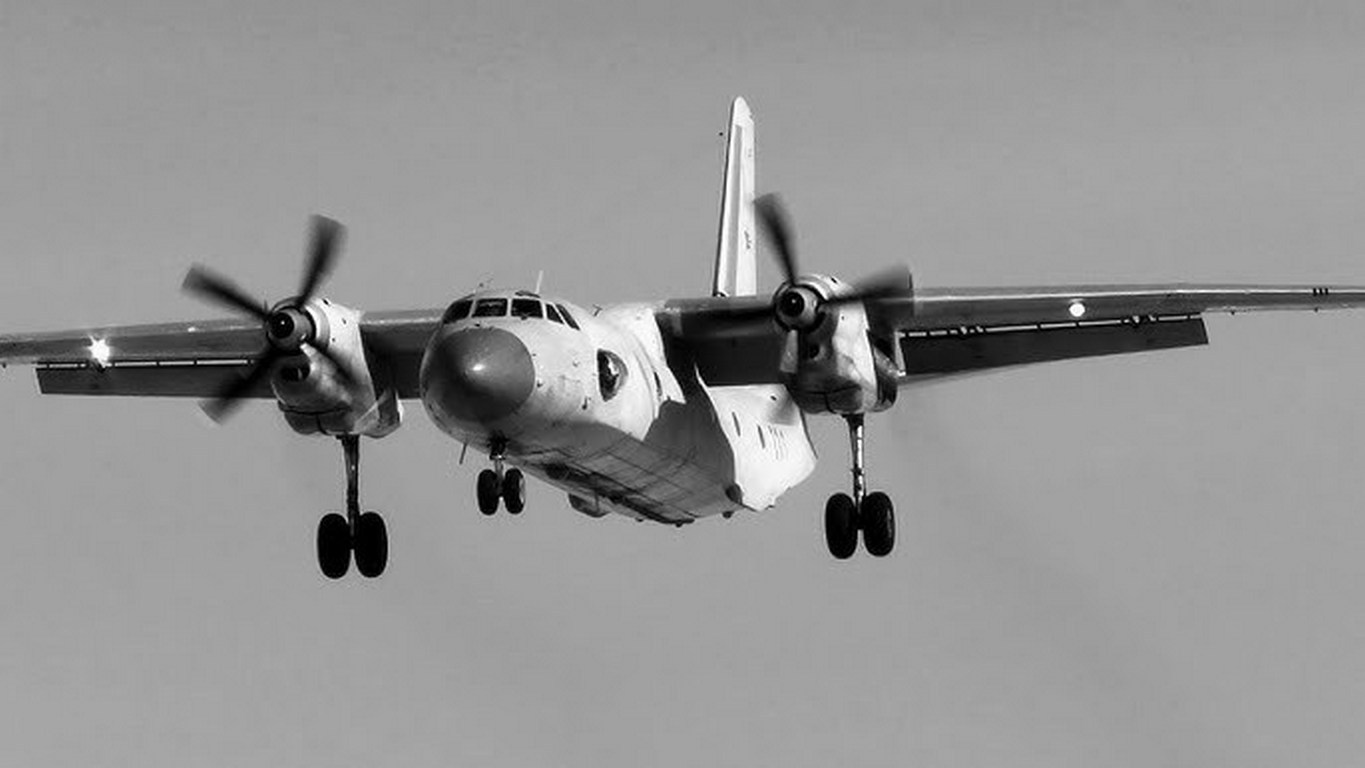May 3 marks the 40th anniversary of one of the largest air crashes in Ukrainian skies

May 3 marked the 40th anniversary of one of the largest air crashes in Ukrainian skies in terms of the number of victims. On that day in 1985, a passenger Tu-134A and a military transport An-26 collided over the Lviv region.
The Tu-134A (board USSR-65856) belonged to the Tallinn Joint Aviation Detachment and was flying on the Tallinn-Lviv-Chisinau route. There were 79 people on board. The An-26 (Flight 101) was part of the 240th Separate Mixed Aviation Regiment and was flying from Lviv to Moscow. It had 15 people on board. Both aircraft were built at aircraft plants in Ukraine: "Tupolev in Kharkiv and Antonov in Kyiv. The crews were led by experienced commanders: pilot 1st class Mykola Dmytriyev and military pilot 1st class Lieutenant Colonel Yuriy Shyshkovsky.
The weather in the Lviv area was cloudy. The Tu-134 was descending to land at the local airport. The An-26 had just taken off and was climbing. Due to a mistake made by the controllers, they were on opposite courses, almost head-on. At 12:13, both crews saw the oncoming sides in the cloud breaks and tried to avoid a collision by turning to the right. However, it was too late. In a few moments, the planes collided with their left wings, broke apart in midair, crashed to the ground in the Zolochiv district and exploded. All passengers and crew members were killed, 94 people in total, including 8 children. Among the victims were the famous Ukrainian artist Oleksandr Aksinin, the commander of the Air Force of the Carpathian Military District, General Yevhen Krapivin, his staff officers, and the son of one of the first cosmonauts, Valery Bykovsky, who was also the assistant commander of the An-26 crew.
The investigative commission blamed the crash on Lviv controllers. In particular, the flight director, Oleksandr Kvashnin, was accused of not paying attention to the gross mistakes of his subordinates and not taking measures to ensure flight safety. Most of the complaints were against the approach controller Savchuk. Thus, the commission believed that he: incorrectly determined the actual distance of the An-26 and transferred control of it to an adjacent controller; did not timely inform the Tu-134 crew about the air situation; allowing this crew to descend, did not clarify the relative position of the aircraft, did not conduct constant radar monitoring of them and did not ensure the established echeloning intervals.

 Fan-page
Fan-page Youtube
Youtube TikTok
TikTok Aviamuseum
Aviamuseum State Aviation Museum
State Aviation Museum


